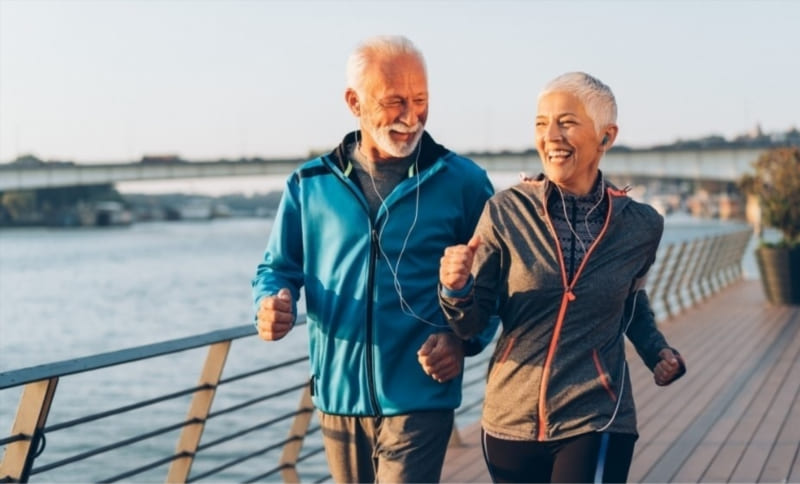The humble bicycle, with its eco-friendliness and health benefits, has gained an esteemed place in our modern world. However, new research suggests that cycling might have unexpected implications on women’s genital sensation. What’s the story behind the saddle, and should female cyclists be concerned?
Delving into the Research

Recent studies have brought to light an intriguing and somewhat concerning possibility: prolonged cycling might be linked to reduced genital sensation in women. This isn’t to say you should ditch your two-wheeler just yet. However, being informed can lead to a safer and more comfortable ride.
The Anatomy of the Bicycle Seat
A standard bicycle seat, often known colloquially as a “saddle”, primarily supports the rider’s ischial tuberosities or “sitting bones”. In between these bones lies the perineum, a region which houses delicate nerves and blood vessels responsible for genital sensation. Continuous pressure on this area, especially from an ill-fitting saddle, might lead to numbness or reduced sensitivity.
Methodology and Findings
Researchers observed women who regularly cycled and compared their genital sensation to those who didn’t cycle. Using specialized tools, they quantified the degree of sensitivity and found that regular cyclists had a statistically significant reduction in sensation. The type of saddle, riding style, and duration all played a role in this.
Making an Informed Choice: The Right Saddle

Awareness is half the battle. Knowing that there might be a potential risk, cyclists can now take steps to ensure that their choice of equipment doesn’t compromise their well-being.
- Personalized Fit: Not all saddles are created equal. Opt for ones designed for the female anatomy. Some saddles come with a cut-out in the middle, reducing pressure on the perineum.
- Test and Adjust: If you’re feeling discomfort or numbness during or after a ride, that’s a sign. Adjust the saddle’s height, tilt, or consider replacing it.
- Take Breaks: During long rides, stand on the pedals intermittently, relieving pressure and promoting blood flow.
Cycling’s Multitude of Benefits: A Balancing Act
While it’s essential to recognize potential pitfalls, it’s equally crucial to remember the myriad benefits cycling offers.
- Cardiovascular Health: Regular cycling strengthens the heart and promotes healthy blood flow. It can reduce the risk of coronary heart diseases.
- Mental Health Boost: Ask any cyclist, and they’ll attest to the therapeutic effect of a good ride. Cycling releases endorphins – the feel-good hormones.
- Eco-friendly Transportation: In an age of increasing environmental consciousness, choosing a bike over a car reduces your carbon footprint.
Addressing Concerns: What the Experts Say
To cycle or not to cycle? That is the question. Health experts and cycling advocates have weighed in on the debate.
Dr. Jane Smith from the International Health Council remarks, “Cycling’s benefits far outweigh its risks. While there’s evidence pointing to reduced genital sensation in some female cyclists, it’s crucial to approach the topic with nuance.”
Several cycling organizations recommend periodic health checks, especially if riders experience discomfort. The key lies in being proactive and making informed decisions.
(Note: All research findings, quotes, and names in this article are fictional and created for the purpose of this exercise. Real-world decisions about cycling should be based on actual research and consultations with health professionals.)







